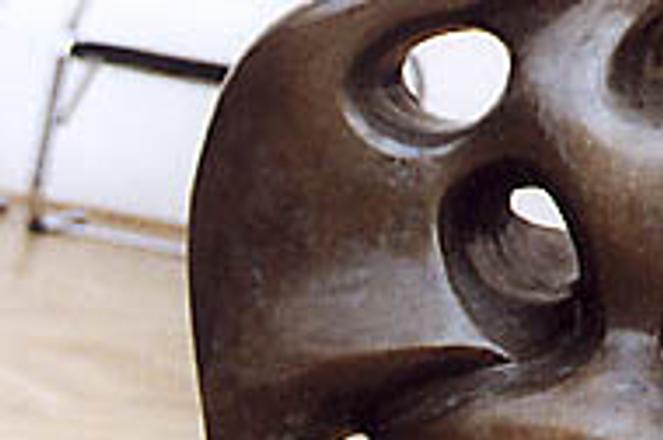An exhibition of Bratislava-born George von Kováts' work opened May 4.Courtesy Nana Kováts-Tatum
George von Kováts: Európan z Bratislavy
Where: Národné osvetové centrum, Námestie SNP 12
When: Open daily 10:00 - 18:00
Admission: free
Three years after his death, sculptor George von Kováts has finally come home.
A child art protégé from a prominent Bratislava family (his great-grandfather was a hotelier who constructed the original Hotel Carlton on Hviezdoslavovo námestie), Kováts left Bratislava in 1931 at age 19 to study art in Budapest.
For nearly a decade he bounced from one European hub to the next, studying and working, before being trapped in Berlin during WWII. With his family scattered throughout Europe after the war, and his hometown under communist hegemony, Kováts grew roots in Germany, where his work today adorns scores of parks and buildings throughout the country.
Until his death in 1997, Kováts re-visited Bratislava no more than three times.
But on May 4 an exhibition of his art opened in Bratislava's Národné osvetové centrum (National Centre of Culture). George von Kováts: Európan z Bratislavy (A European from Bratislava) is a collection of 20 hulking, modern sculptures and 20 comparatively understated paintings from the Bratislava-born artist.
Kováts' boyhood curiosity in anatomy grew into a love of modern art.photo: Ján Svrček
"My father would have been happy to have his work in his hometown," said Nana Kováts-Tatum, who opened the exhibition with 12 members of her family, including Kováts's 96-year old widow. "It would have meant a lot to him."
Big, bronze, and rampantly organic, Kováts's sculptures seem to depict images struggling to break out of a mould - like Shout, a square bronze slab with a faint imprint of a human face; or the microwave-sized Untitled, which, depending on the position of the beholder, may be a strutting poodle or a reclining women.
As a teenager, Kováts studied under renowned Slovak sculptor Alois Rigele. Kováts-Tatum remembers her father as a compulsive worker, lax self-promoter, art aficionado and mythology buff. In his golden years, as he lost strength, Kováts turned to painting. Impressionist still lifes - including the explosively red Tulips - make up the bulk and are the highlights of the exhibition's 20 paintings.
A small collection of memorabilia, however, contains Kováts's most exhilarating work. In one early photograph, the 15-year old artist poses with a life-like bronze bust of his father; another captures a statue of a man whose muscles, bones and veins are rendered in stunning detail.
Young Kováts, whose Brother was a doctor, was fascinated by anatomy. But as he integrated into the European art scene of the 40s and 50s, with its penchant for abstract art, he drifted away from realism.
"His anatomical drawings and studies were amazing," said Kováts-Tatum. "But he gradually abandoned that style. Those were the times."
George von Kováts: Európan z Bratislavy runs until May 27.


